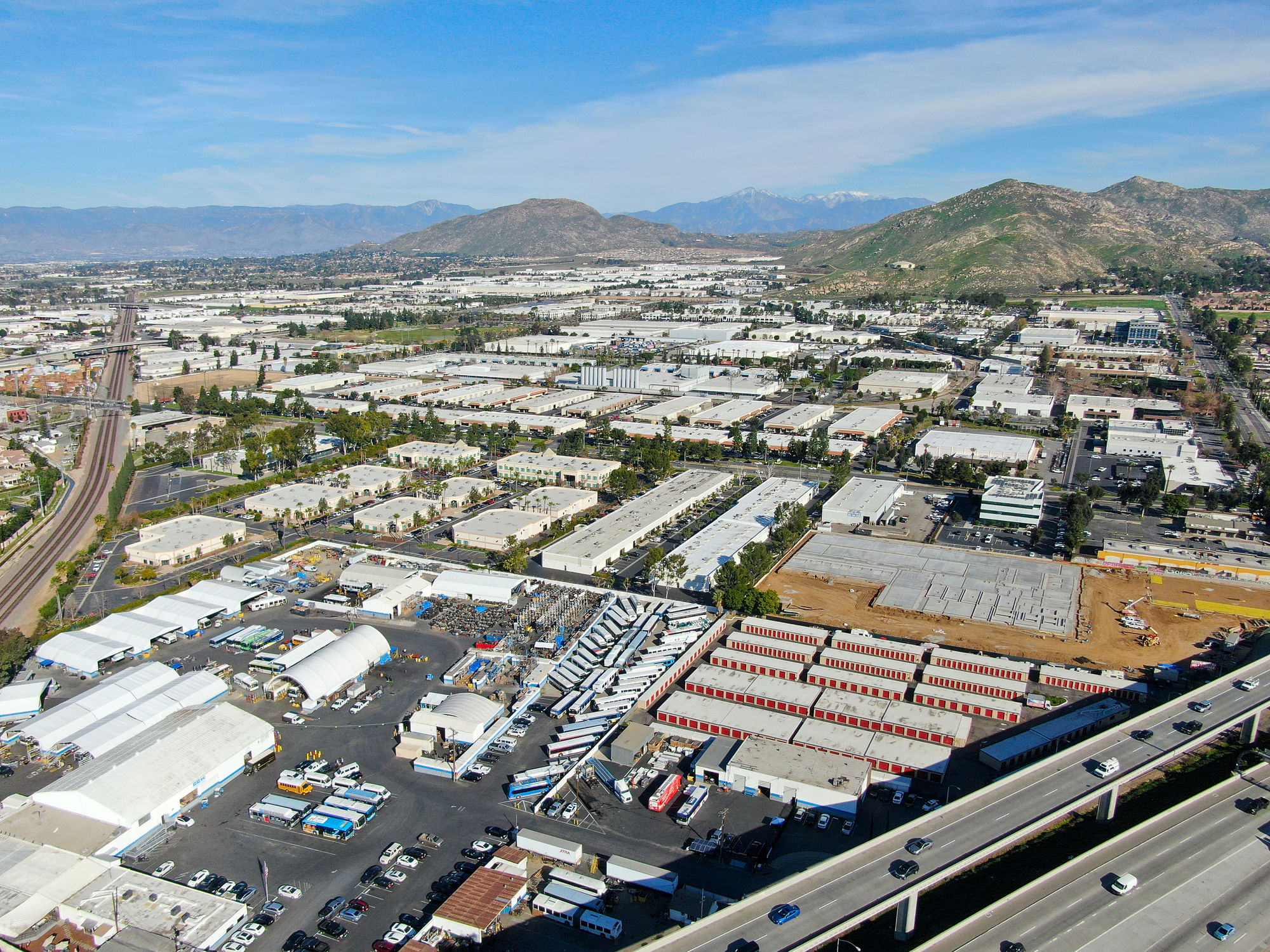
Nov 18th, 2024
California’s New Warehouse Standards: AB 98’s Attempt To Balance Health, Development, And Environmental Justice
By: Nichole Fandino
Governor Gavin Newsom signed Assembly Bill 98 to establish new siting and design standards for California warehouses, aiming to shield nearby residents from pollution and traffic. This move targets the environmental and health impacts of logistics hubs in areas like the Inland Empire, but environmental advocates argue it falls short in protecting vulnerable communities.
Beginning in 2026, AB 98 will implement several restrictions on warehouse developments to address environmental and community concerns. The law requires warehouses to be set back from “sensitive sites” such as homes, schools, parks, and healthcare facilities. For warehouses larger than 250,000 square feet, truck loading bays must be set back 300 feet in industrial zones and 500 feet in non-industrial zones. Additionally, new warehouses must be situated along major roads primarily serving commercial traffic. The legislation also includes housing protections, mandating that if a warehouse development requires the demolition of existing housing, the developer must replace each unit lost with two units of affordable housing and provide displaced tenants with a full year of rent.
These measures aim to limit exposure to pollution and traffic in residential and sensitive areas, while also addressing the affordable housing crisis by mandating replacements for any housing lost to warehouse developments.
Environmental and public health advocates have expressed concerns that the legislation lacks sufficient protections. According to the California Air Resources Board (CARB), pollutant concentrations from distribution centers drop by 80% at a distance of 1,000 feet. This recommendation aligns with a 2022 report by the California Attorney General’s Office, which advises locating warehouse property lines at least 1,000 feet from homes, schools, and other sensitive areas. Yet, AB 98’s setbacks are notably shorter than CARB’s recommended distance, which has led many environmental and community organizations to argue that the legislation enshrines inadequate standards, potentially leaving residents exposed to harmful pollutants.
There are concerns about the financial burden of AB 98, which could require cities and counties to undertake expensive updates to their general plans. These updates could cost millions, potentially resulting in an “unfunded mandate” that local leaders say will stifle job growth and strain city budgets.
AB 98 reflects ongoing challenges in balancing economic growth with public health and environmental justice. Environmental groups have signaled plans to continue advocating for stronger protections, while municipalities prepare to manage the legislation’s financial impact. For environmental law practitioners, AB 98 serves as a reminder that achieving meaningful environmental protections in legislative compromises remains complex—and often ongoing.